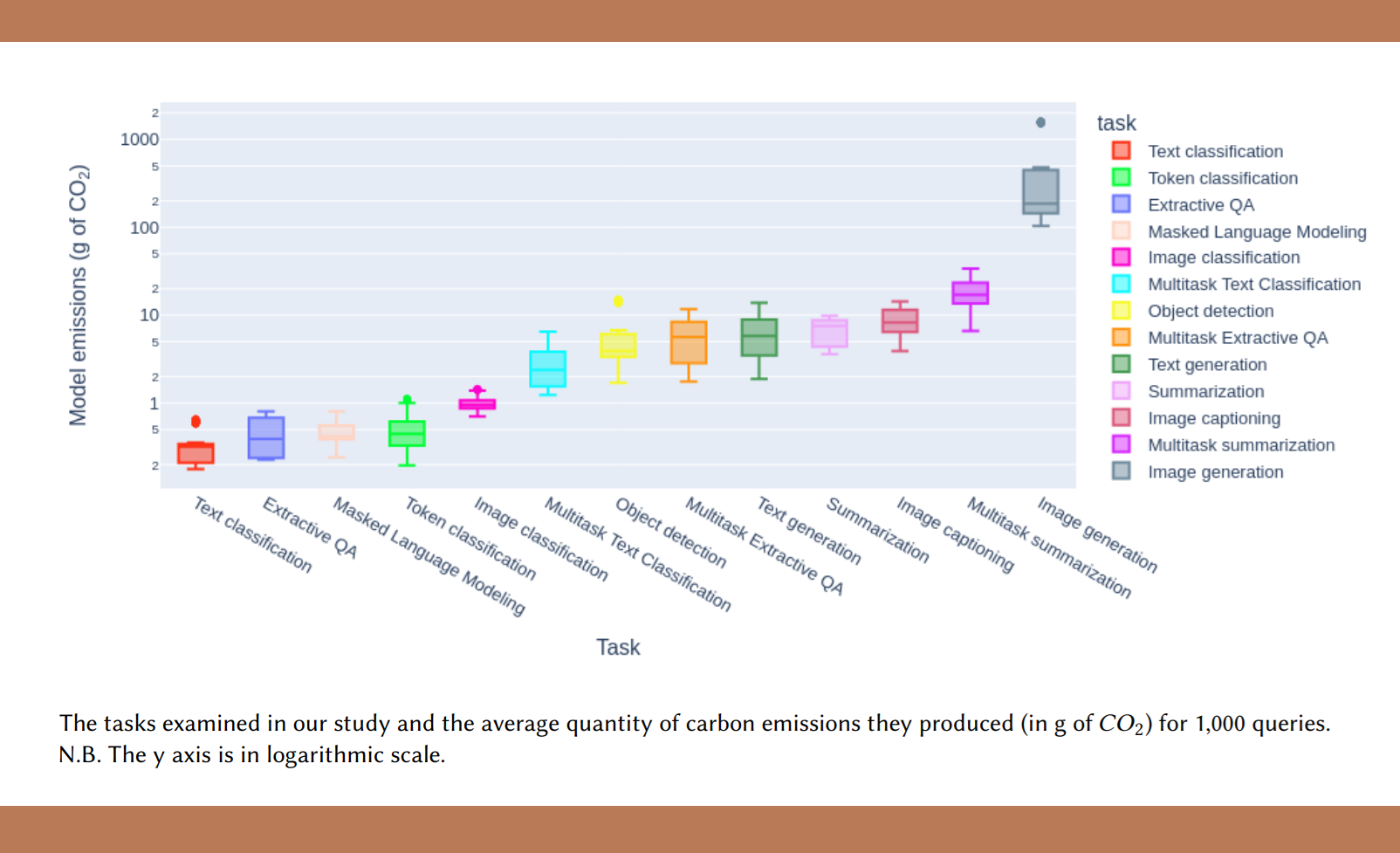That’s because of what fine print actually is—text outlining a company’s policies or a given contract in detail. Once you click “Accept,” you’re agreeing to whatever those terms are, whether you’ve read them or not.
With an average word count of 10,835, it’s hard to imagine anyone could read through and analyze the fine print, especially if you’re in a rush. On top of that, a recent study by Secure Data Recovery suggests that many companies make their fine print long-winded and confusing on purpose, too complicated for the average consumer to skim, let alone understand.
But there are ways to protect yourself. Here’s what to look out for in the fine print before you click “Accept.”
1. Data Privacy
In an increasingly digital world, data privacy is at the forefront of consumer concerns. Companies are aware of this and sometimes bury important data privacy policies in their fine print. The terms you agree to might give them permission to use your data however they want, up to and including selling it to other companies.Phrases like “our affiliates,” “our partners,” or “third party” usually refer to data-sharing, allowing the company to sell personal data it collects from you to any willing buyer. This could lead to you getting bombarded with emails, texts, and other solicitations from those other companies, since they’ve bought your contact information.
Giving up your data rights also affects how companies can market to you. For example, they might use information that you intended to keep private, scraped from personal communication or other data you generate by using their product or service.
Look for an “Opt out” option if you need to use the product or service but want to keep your data safe.
2. Financial Policies
Burying financial policies in the fine print gives companies an advantage in marketing. They can market using exaggerated claims, qualifying them by outlining the true terms in the fine print. While it’s technically not deceptive advertising, it means that what you see in ads isn’t always what you get.One example is hidden fees. A company webpage or a product description might offer free returns, while the fine print says there’s a 20% restocking fee for any returned merchandise—so while “returns” are technically free, restocking isn’t. Other hidden fees include cancellation fees, automatic renewal, rebates, interest rate changes, and other charges or penalties.
Also, look out for introductory offers or similar promotions. For example, a credit card company might offer a very low promotional interest rate for a fixed period but put the exact terms of that rate in the fine print. If you don’t read the fine print, you might sign up for the card thinking you’ve locked in a certain rate—and get blindsided when taking cash out or having a late payment causes your rate to suddenly skyrocket.
This can also happen with deferred interest offers. When a company defers your interest, that means you don’t have to pay interest for a fixed period. But if you don’t pay off the principal by the end of it, you’re on the hook for all the interest you incurred in that time. It’s only “interest-free” if you can pay off the principal during the promotional period.
3. Liability
We’d all like to think that companies stand behind their products and services. But companies can limit their liability, legally and otherwise, in the fine print.The fine print will usually state what makes the agreement or certain policies void, even if the company doesn’t explicitly tell you otherwise. For example, if you’re dealing with warranty coverage for a product, the fine print might list conditions that automatically void your warranty or specifics that it doesn’t cover.
The fine print might also outline your legal rights. In some cases, companies can limit your ability to take legal action against them if something goes wrong, like if they fail to provide quality service or you’re injured by their product. Terms like “class-action waiver” and “mandatory arbitration” mean you can’t exercise certain legal options—you can’t pursue a class-action lawsuit or sue, no matter what happens.
Key Terms to Keep in Mind
What to look out for in the fine print depends on the specific agreement, like if it’s for a product or service, a free service or paid, and so on. But some things are worth checking for in any agreement you come across.Before you agree to the fine print, look for the following:
- If your information will be shared with third parties or affiliates: You can search for the terms “third parties” and “affiliates” specifically to find these sections.
- Opt-out options
- Arbitration
- Waivers or releases: These are important because they could give the company the ability to use your data, or prevent you from pursuing any claims against the company.
- Any sections written in all caps: These usually contain some of the most important conditions.
Final Thoughts
It’s hard to sift through pages and pages of fine print—especially when some companies purposely make it difficult to read. But contracts are contracts, and those “Terms and Conditions” are binding, no matter what they’re for.The next time you get hit with a pop-up full of fine print, keep an eye out for the things in this post to help protect your rights.
Read next: Research Shows that Tech Knowledge is Going to be a Must in Every Field in the Upcoming 10 Years
by Irfan Ahmad via Digital Information World








